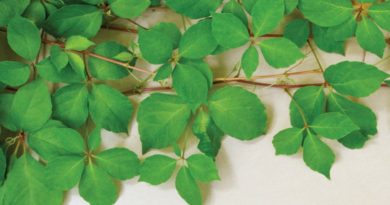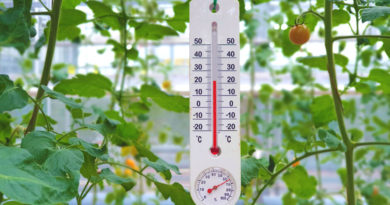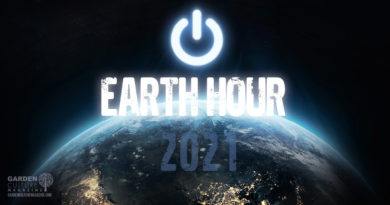Potassium is essential – A-Grade Hydroponics

Potassium (K) is an essential nutrient for plant growth. It’s classified as a macronutrient because plants take up large quantities of K during their life cycle.
Potassium (K) is used in all fertilisers, potassium helps move water, nutrients and carbohydrates within plant tissue. Potassium is a positive ion (K+).
Plants use potassium to aid in the operation of stomata cells opening and closing, if this function is impaired or deficient then CO2 absorption is also restricted and plant growth is stunted.
Potassium triggers activation of enzymes and is also responsible for the production of *ATP (*Adenosine Triphosphate – An important energy source for many chemical processes that happen within plant tissues) ATP regulates the rate of photosynthesis.
Potassium is the second most needed element behind Nitrogen. Potassium regulates plant health, structure, leaflet operation and harvest health, which includes maximising phytonutrients, terpenoid and cannabinoid content.
Potassium plays an important role in the uptake and regulation of water, which can be affected by environmental conditions. For example, with low humidity, the requirements for potassium increase as transpiration rates increase, so with insufficient amounts of K+ eventually the plant will start to curl over toward itself (back toward the stem) to try reduce its transpiration rate. A great way to figure out environmental conditions is to measure the temperature and humidity using a VPD chart, this information will allow you to make any necessary changes to your environment if needed. Potassium provides many important processes in plants, such as:
- Activation of Enzymes – ATP
- Improves Drought Tolerance
- Regulates Stomata Operation, CO2 Absorption & Photosynthesis
- Helps in the formation of root growth & cell turgidity
Potassium Deficiency
When deficiencies show themselves, take a photo and compare the symptoms to previously healthy versions of the plant and note the differences.
Potassium deficiencies show a weakened plant, with symptoms similar to the appearance of nutrient burn except the problem will show on the edges of all mature leaves, the tips of each serration usually start with a subtle yellowing that progresses to a burnt look, many growers confuse this as potassium or nutrient excess.
Each species of plant will show this type of deficiency in similar ways, understanding leaf phyllotaxy will help you diagnose correctly.
Plants can become stunted and growth will plateau if potassium is not available in sufficient amounts. Ideally you want potassium to be equal ratio to nitrogen, if nutrients are not in synergy with each other then they are antagonising each other. These symptoms can show as the following:
- Poor fruit formation
- Root zone issues, poor root development
- Compromised immune system allows pests to attack
- Severe Chlorosis & Leaf drop
How to fix a Potassium Deficiency
To correct a K deficiency, flushing the plants root-zone & substrate weekly or bi-weekly will almost always ensure that these type of problems don’t occur. The buildup of elements and plant waste can actually cause these problems so it is highly recommended you flush regularly if growing in coco coir using hydroponic nutrients.
To flush properly use a dedicated flushing solution, these solutions are designed to remove all excess nutrition into an aqueous solution.
We recommend that you ‘re-buffer’ your medium (coco coir) with Humiboosta @1-1.5ml per/L (or a Cal-Mag supplement). Once the buffer has been absorbed, follow up with your usual feeding routine a few hours later at approx. 75% strength, you should see that new growth is unaffected and the plant carries on as normal.
For more information on buffering your medium, read our C.E.C tutorial if you haven’t, this will help make further sense of this topic.
#growwithus




